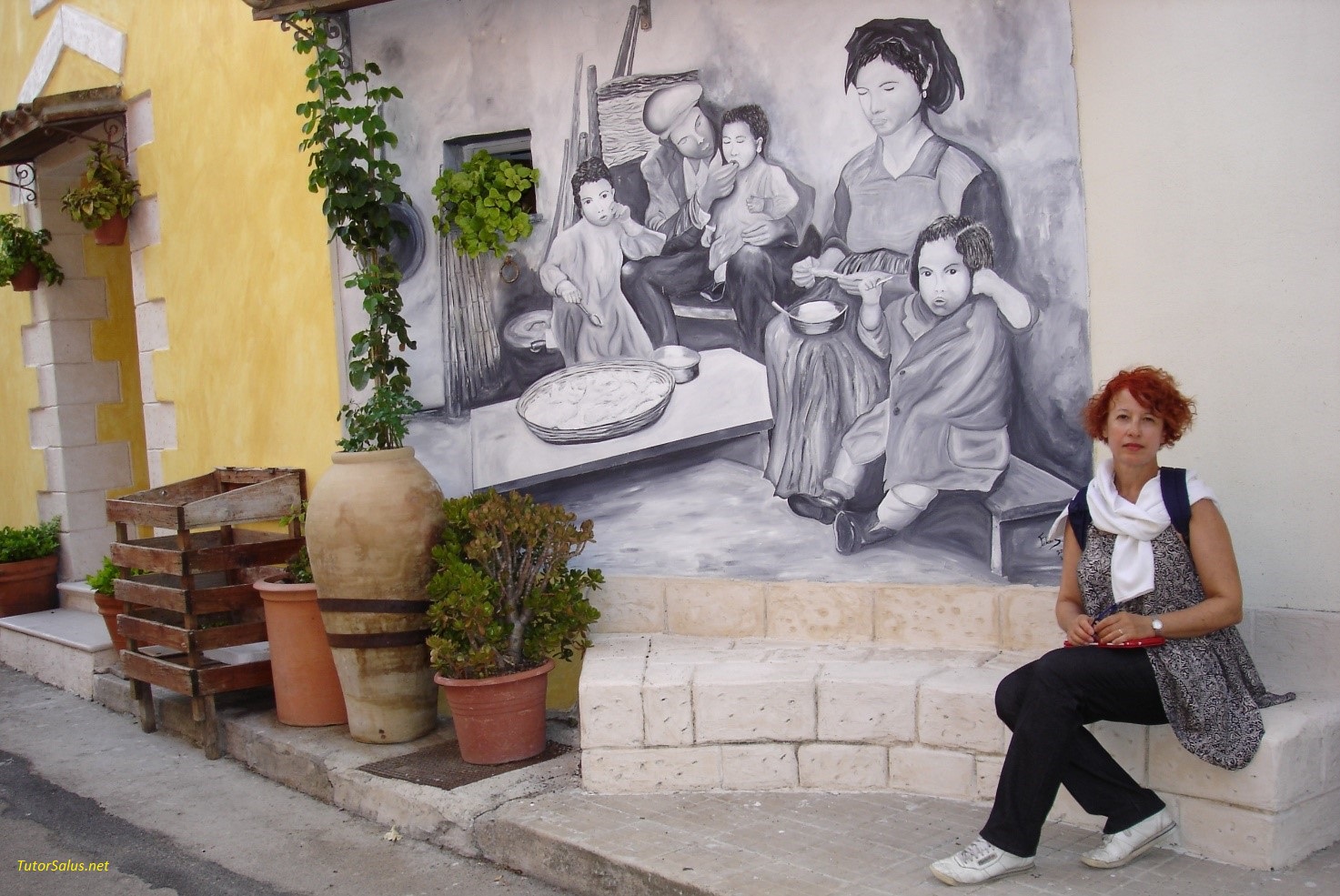An adult shall not separate what a child connects.
“The Case of Matilde”[1] in n. 1/2017 ‘Psicoterapia e Scienze Umane’, Franco Angeli Editore.

“My written intervention here[2] just offers a feasible path where – in the ‘Case of Matilde’ as introduced by Marta Angellini and Monica Ceccarelli – focuses on ‘the ridge between psychomotor skills analytically oriented and a psychomotor psychotherapy’ (n. 1/2017, p.143).
Referring to well-known cases treated by Freud can lead us to a re-reading maybe fruitful and also practicable nowadays.
It’s meaningful that Freud decided to publish only few cases among all those ones he was treating, maybe because the innovation which just some of them got to the rising psychoanalysis showed a fruitfulness which could be repeated time by time.
Freud himself was modifying by logic, and step by step, the original ‘setting’ to which, however, an unbeaten profit has to be ascribed in the analytical work by anyone recognizes himself, or herself, heir.
In the Case offered we hear that Matilde[3] introduces herself with a ‘not certain’ query : she offers her body ‘as she didn’t live in’ (n. 1/2017 p. 134) and that she was moving ‘round around the room with an uncertain pace and with a very unsteady balance’ (p. 133).
We face a youngest patient who has difficulty in recognizing herself as the leading part of a care made up by her adults – parents, teachers as the Author says – whom however Matilde informed about her uneasiness. Matilde is proving then a cooperating patient : better, she begins and undertakes a specific initiative that is ‘the play’, so replying her psychomotorist offer, but adding her specific work that is her analytical work indeed, asking her partner nothing else but replying her subject and her thought. A play which is ‘the play of Matilde herself’ – ‘a very rich play’ and ‘careful and punctual’ (p. 135) which, as the Author explained, ‘has urged her’.
Matilde easily gets her help, puts on the table and on the subject what she couldn’t start out of the therapy room and that induced her to escape any demand or offer by other partners.
Marta Angellini has informed us that Matilde was already establishing an alliance with mom, but opposed by her grandmother who banalizes also humbling mom, not very able indeed to defende herself – ‘her pregnancy has been spangled with fits of jealousy by grandmother… and Matilde has been looking at furious arguments between mom and grandmother’ (p. 134). Better, I’d say ‘envy’ as pathogenic indeed, by grandmother towards mom, and mainly toward Matilde as the-subject-of-envy.
Nothing we know about the father, as a partner himself : however he introduces himself together with mom, then cooperating into a ‘parenting support path with Adriana Grotta’[4] (p. 134). It’s interesting that since the second year of therapy, around four years old, Matilde experiences her sister birth, as a goal of satisfaction for both parents.
Matilde happily utilizes that birth becoming herself partner of her father, without any evident conflict with mom –‘she is staging the marriage… also assuming often feminine roles… she has more tune… with mom’ (p. 137).
Finally is in the unknown play of the swimming-pool and of the threatening snails (third year of therapy), into which she also acknowledge the convenience of words, and in the following conclusive play of the acrobat (fourth year) that Matilde comes at her satisfaction, and any further offer of intervention is in excess from now on.
We can cite Max Graf, father of little Hans, as reported by Freud and confirming the overcoming of a pathology claimed by the child : ‘It is two days I notice that Hans disobeys to me, determined but not impudent, with some even cheerfulness.
Does it mean that he doesn’t fear me, the horse ?’ (Sigmund Freud, ‘Analysis of a fobia in a child of less than five years’/1909)…”[5]
Marina Bilotta Membretti / Cernusco sul Naviglio – October 18, 2020
[1] ‘The Case of Matilde’ has been introduced by the psychomotorist Marta Angellini, with a supervision of Monica Ceccarelli for the column ‘Clinical cases’ on n. 1/2017 of ‘Psicoterapia e Scienze Umane’/ Franco Angeli Editore, (pp. 133-142).
[2] The text is citing also my written intervention to the ‘Case of Matilde” and published on n. 3/2017 of ‘Psicoterapia e Scienze Umane’ (pp. 475-476).
[3] Matilde is less than three years old at the beginning of the Case.
[4] Adriana Grotta is psychologist and psychoanalyst : she is editing with fellows the column ‘Clinical cases’ into the magazine ‘Psicoterapia e Scienze Umane’, by Franco Angeli Editore.
[5] In the Case ‘The child Hans”, Sigmund Freud describes, through the analytical method, a phobìa and its recovery in a child of less than five years,.

